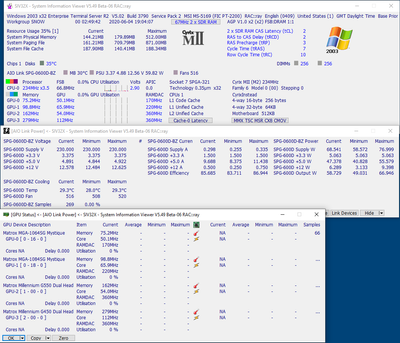HandOfFate wrote on 2020-06-19, 10:57:
Sorry for the bump but I'm also looking into using a simple ATX to AT adapter for a 486 motherboard.
I was about to order one, until I saw this blog post about the 'smart converter' and his story about the overloaded 486 board. I have the board currently running with an AT power supply (but an ATX power supply would fit the case better), so can I be certain that there won't be any short/overload when using an ATX supply?
You can't be certain a short/overload will never happen whether using an AT or ATX PSU . A short can happen due to user error or, for example, due to a component failing on the motherboard .
The problem with ATX PSUs, as the SMART converter article explains, is that they can provide much more power than old AT PSUs. Consequently, if a short does occur, an ATX PSU will be able to provide much higher current than an AT PSU before the over-current protection kicks in . This can cause additional, possibly irreparable damage, to the component being powered .
The risk described in the article is something to keep in mind every time something is powered with a PSU that is vastly over-specced for it, not just when powering an AT mainboard with an ATX PSU .
A PSU will supply current current up to the limit set in its overcurrent protection circuit and a high current capable PSU will have that set higher than a less powerful PSU. This is by design and is inevitable if the high current PSU is to be able to actually provide the current it is rated for .
The smart converter provides a way to reduce the impact of a short by letting you set custom over-current protection limits that are closer to the max current needs of the motherboard that is used . This limits the potential damage caused by a short due to user error or motherboard component failure.
The smart converter will not prevent a component failure that causes a short but it will help limit the potential damage .
